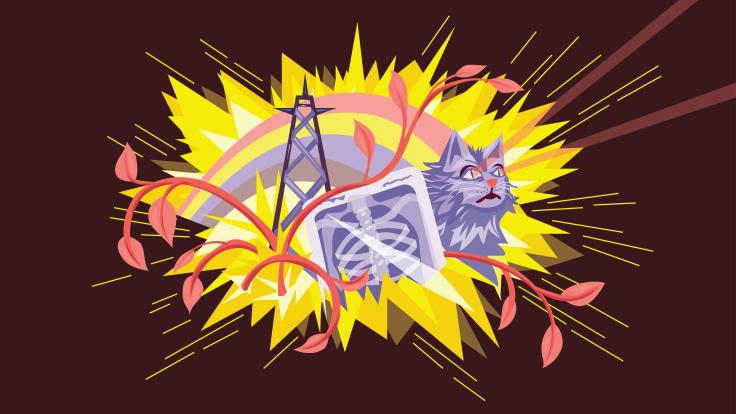Nature News reports this afternoon that the European Space Agency is seeking to become a partner in the Joint Dark Energy Mission, which is sponsored by NASA and the US Department of Energy.
A deal would boost the budget as well as the flight chances for the space telescope, which, launched sometime next decade, would peer beyond the Milky Way to pin down the mysterious force which is accelerating the universe's expansion. However, a merger would spell the end for Euclid, a proposed stand-alone ESA dark energy mission.
"Given the economy, it's clear that flying two individual missions, one in Europe, one in the US, may be seen as an extravagance," says Bob Nichol, a Euclid study scientist from the University of Portsmouth, UK, who said his team was worried about the merger not being an "equal marriage".
A deal could potentially benefit both sides. The original estimate for JDEM was $1.3 billion, based on three competing design proposals. NASA, however, said the price tag should be limited to $600 million, not including launch costs. In the current budget climate, it's easy to imagine that a substantial contribution from the Europeans would be welcome. Meanwhile, according to the Nature account, Europe's Euclid mission would no longer have to compete for funding with four other missions of similar size in the Cosmic Vision program.
The past few months have been a time of rapid and unexpected change for JDEM, whose roots go back at least a decade. In September, NASA surprised everyone by announcing that the original competition to see who would develop the mission, which had at least three teams of scientists drawing up proposals to observe a variety of phenomena, was being called off. (Nature News also broke that story, which we reported here.) Instead, NASA itself would take the lead in designing and building the spacecraft and its instruments, with the DOE contributing about one-third of the cost. Members of the formerly competing teams were appointed to a committee that would consider all the approaches and come up with a set of broad science goals for the mission, which at a minimum would make observations of three types of phenomena associated with dark energy -- supernovae, weak gravitational lensing, and baryon acoustic oscillation. That process is now well under way and a report is expected soon.
Meanwhile, the findings of JDEM's Figure of Merit Science Working Group were posted on the mission's Web site last week. The report discusses, in highly technical terms, what is known about the nature of dark energy and how the performance of the mission might be quantified.






